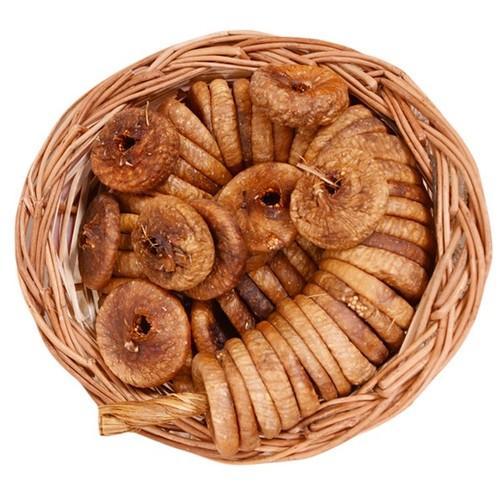
Fig Jam Recipe inspired by India, Israel and my life in the United States The first time I saw fresh figs was in my backyard. I was around 6 years old. My grandma had carefully planted a number of fruit trees around her home in northern India. There was mango, lychee, orange, lemon, papaya, Indian […]
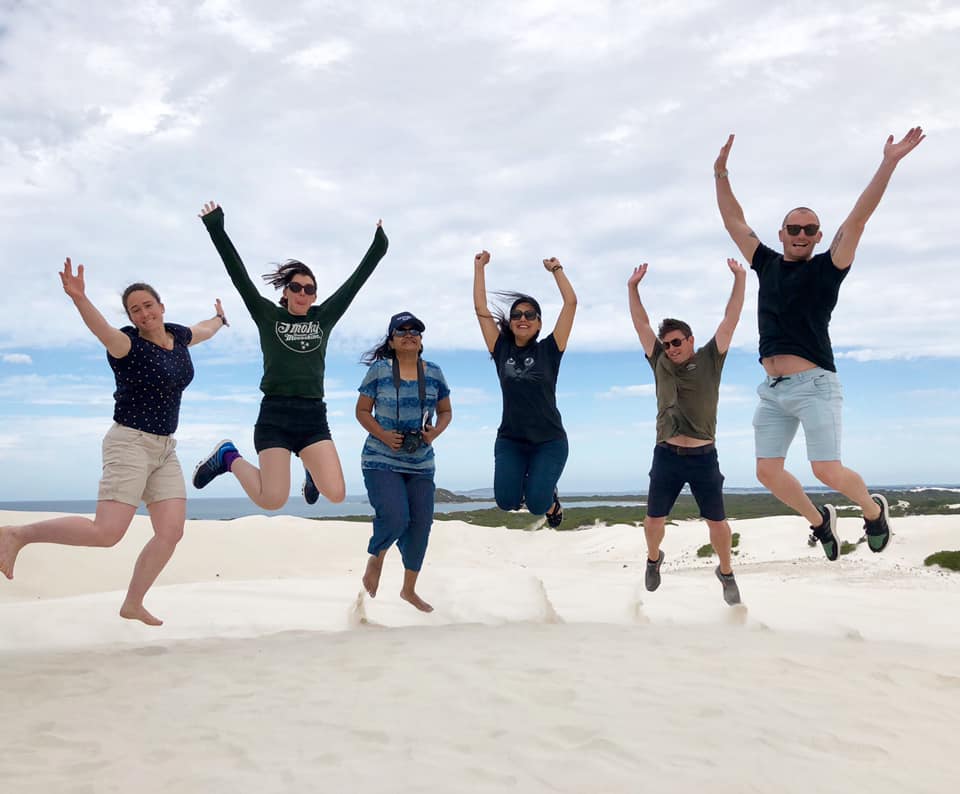
Travel is the best teacher there is. This saying is used in many different contexts. When we travel, we step back in history, discover a new culture, try different foods, but most of all, encounter all kinds of people. Through my travels, I have realized that there is goodness in everyone, no matter how different […]
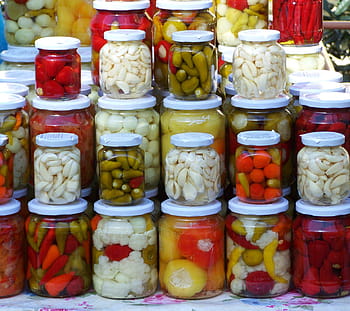
Coming from a family of at-home gardeners, we have always planted a summer garden. Typically, we grow herbs and vegetables such as basil, sage, tomatoes, and of course, cucumbers. Every summer, we plant cucumbers so we can make our family’s favorite – refrigerator pickles. Never heard of refrigerator pickles before? Essentially, they are homemade bread […]

As we celebrate International Women’s Day, I want to especially recognize women in travel. Travel is a powerful tool that helps women become independent, gain self-confidence, empower, be economically and socially impactful. Over the years, I have met countless women who worked in the tourism ministry, as travel agents, tour guides, and more. Here are […]

If you are traveling to Asia, you are probably very excited at the prospect of seeing, even riding elephants. But do you know that around 75% of the world’s captive elephants have been illegally captured, with over 3,000 used for entertainment in Asia alone? PETA, whose driving force is that animals are not ours to […]
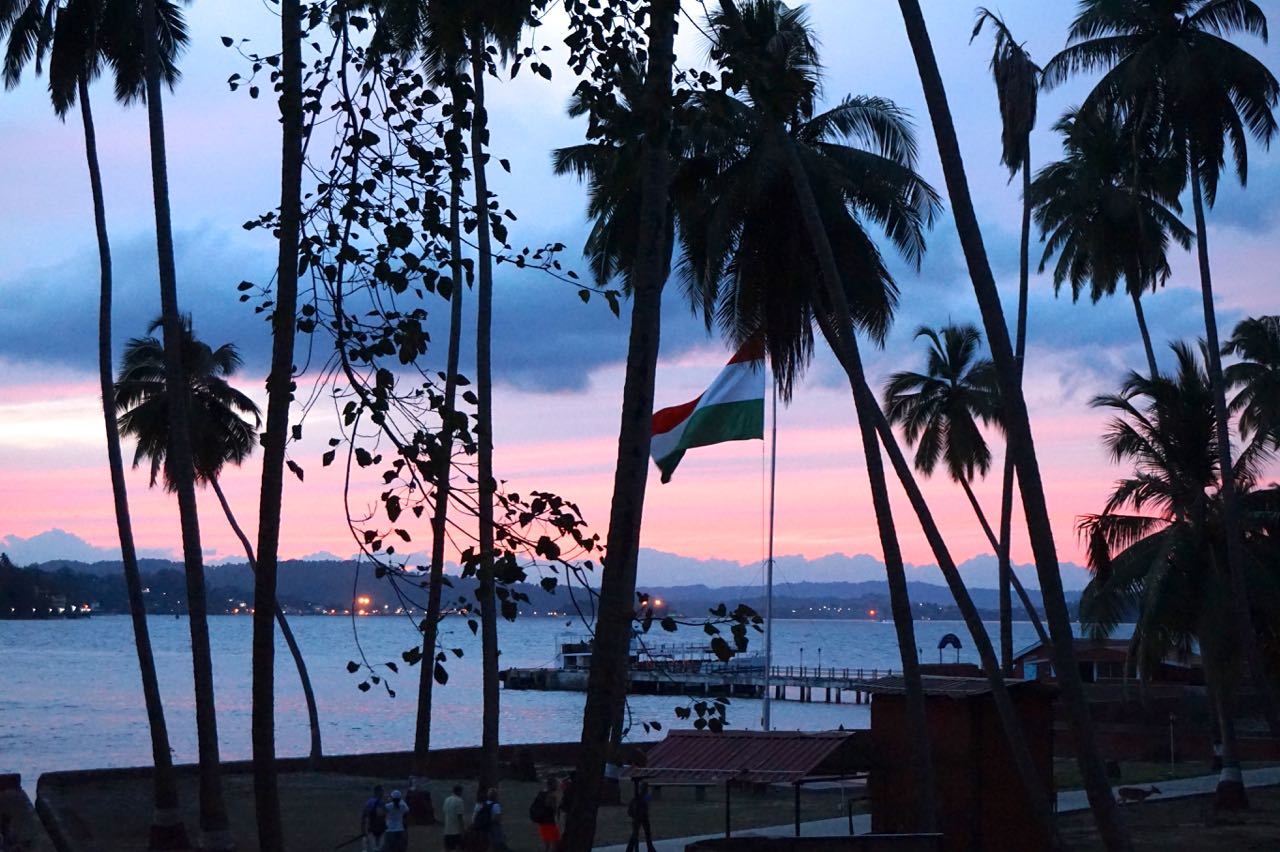
As the sun was setting over the Andaman Sea, an old ferry packed with people made the ten minute journey across from Port Blair to Ross Island. Given that no one lived on Ross Island, I was confused why so many people were going there, that too as it was getting dark. As I approached […]
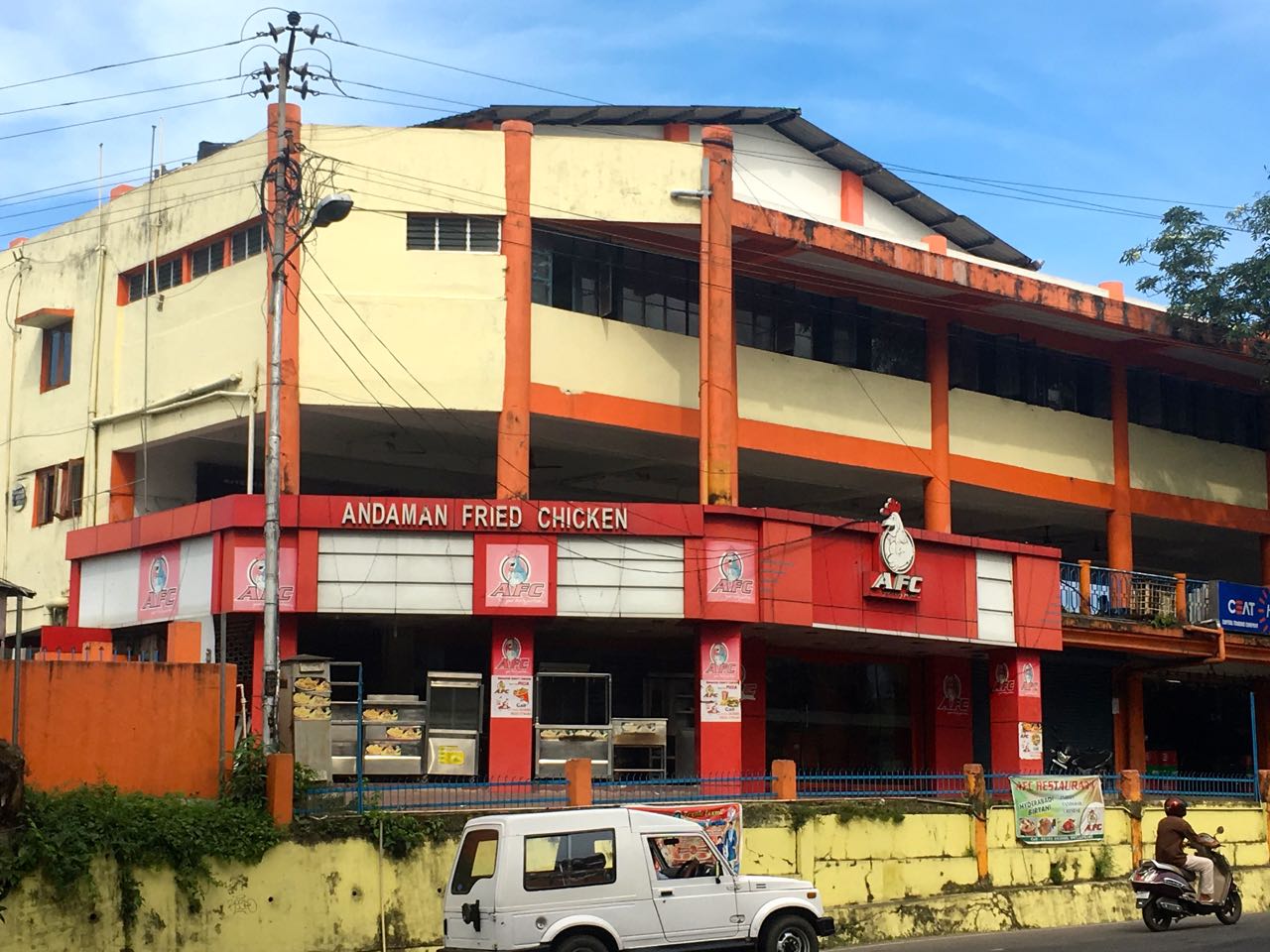
Growing up in northern India, I had some familiarity with Andaman and Nicobar Islands only through my history and geography books. These group of islands are a part of India and located 1200 kilometers south east of the country, almost halfway between Indian and Thailand. Actually, the only other thing we were taught in school about the […]

I use to call myself a Korean food enthusiast because I’ve probably tried ten different Korean restaurants around Atlanta. Truth be told, I’m more of a Spicy Seafood Tofu Soup enthusiast because that’s the only thing I ever order when I go to Korean restaurants. Looking back after attending Koreatown Takeover at Chai Pani, I […]
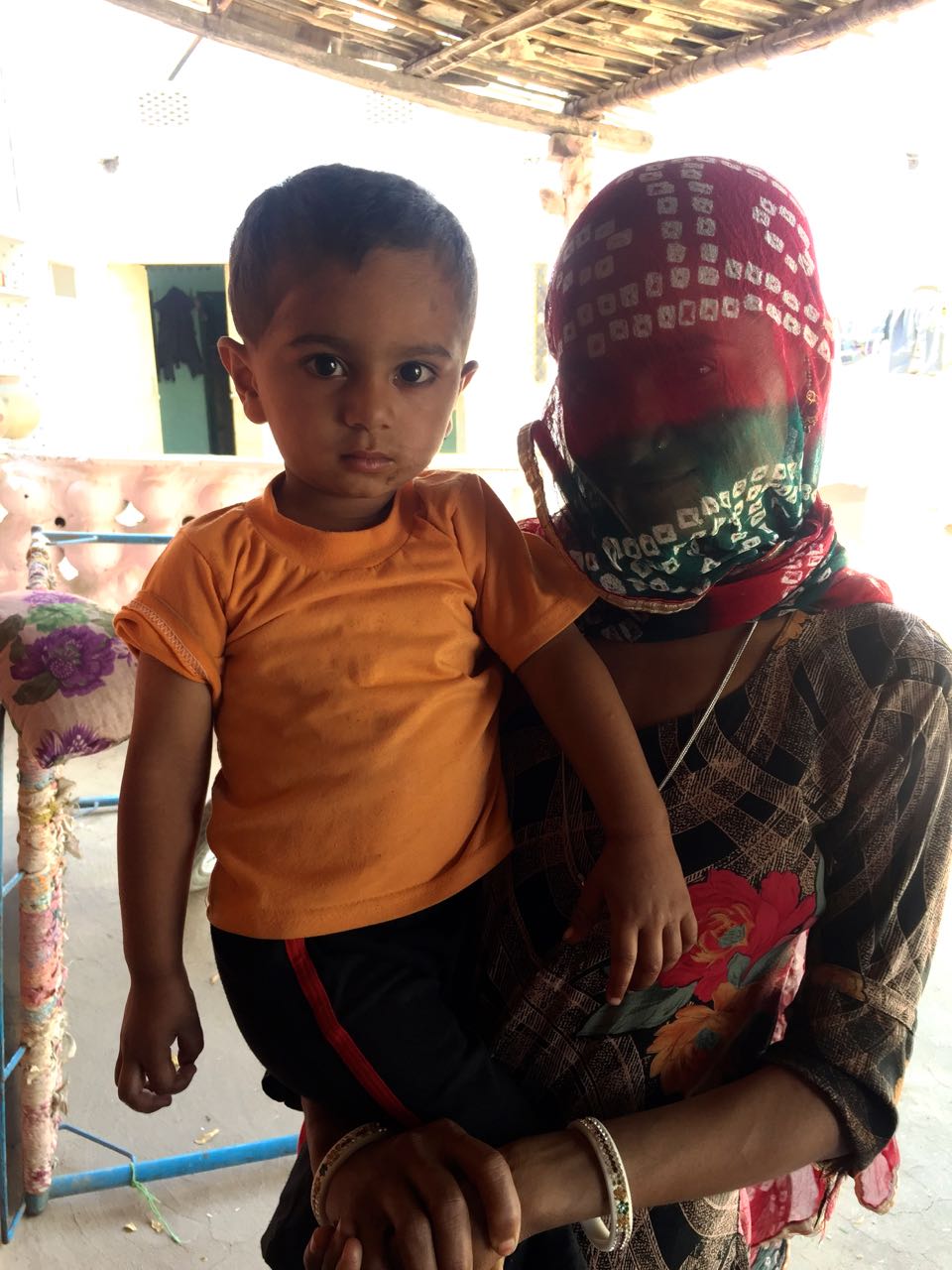
Picture a human female nursing a stray doe with her own breast milk. When I first saw this video in a BBC documentary, I was speechless. It was filmed in a village in Rajasthan, India that I had never heard of before. The lady’s husband found a baby deer who went astray, brought it home, and […]
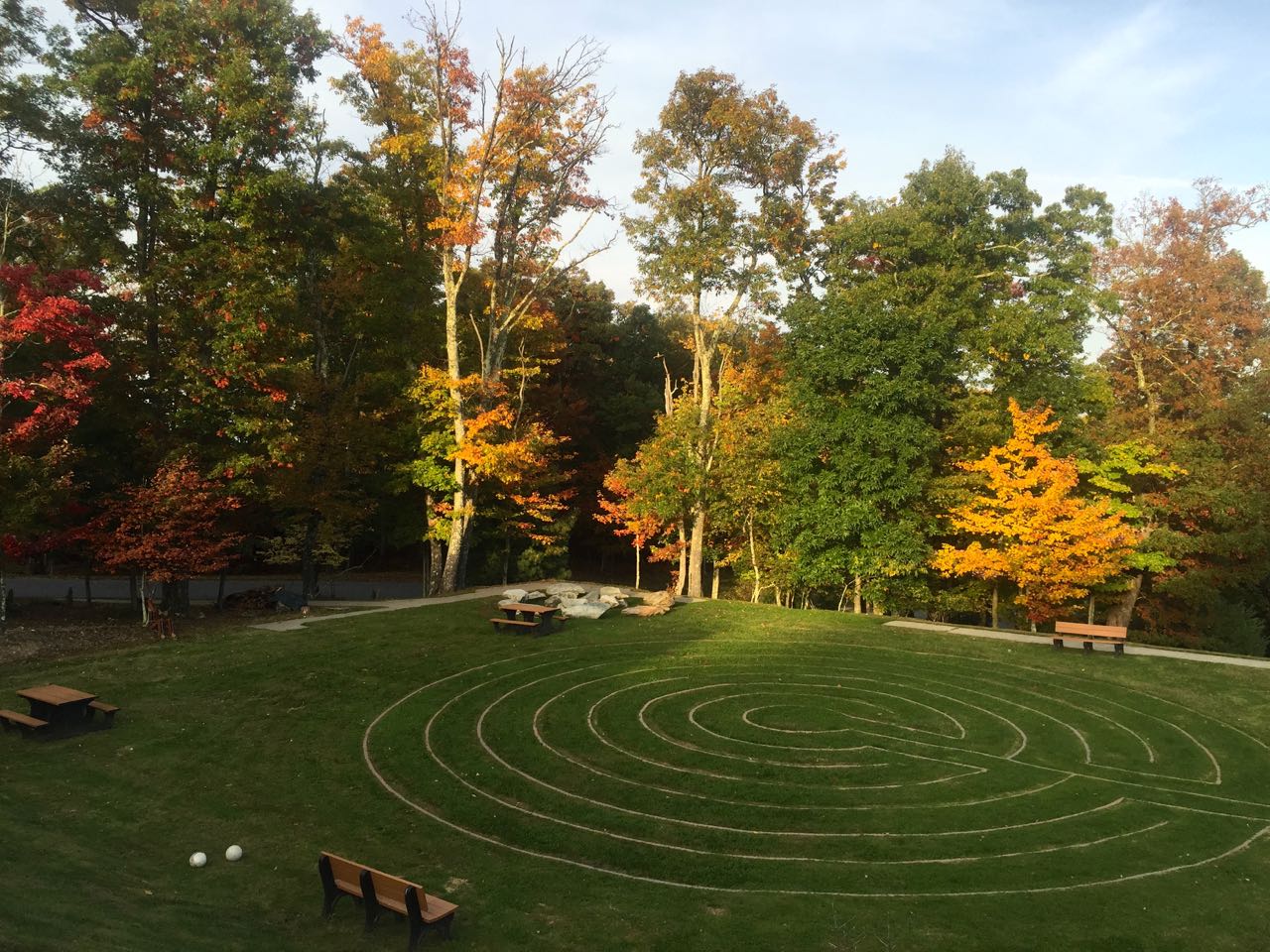
Nestled in the Blue Ridge Mountains of North Carolina, is a well-kept secret that I am about to reveal. Shankara Ayurveda Spa at the Art of Living Retreat Center is a pristine destination for those who want a short getaway. We were so excited to find this secret retreat; it was the perfect wholistic experience […]
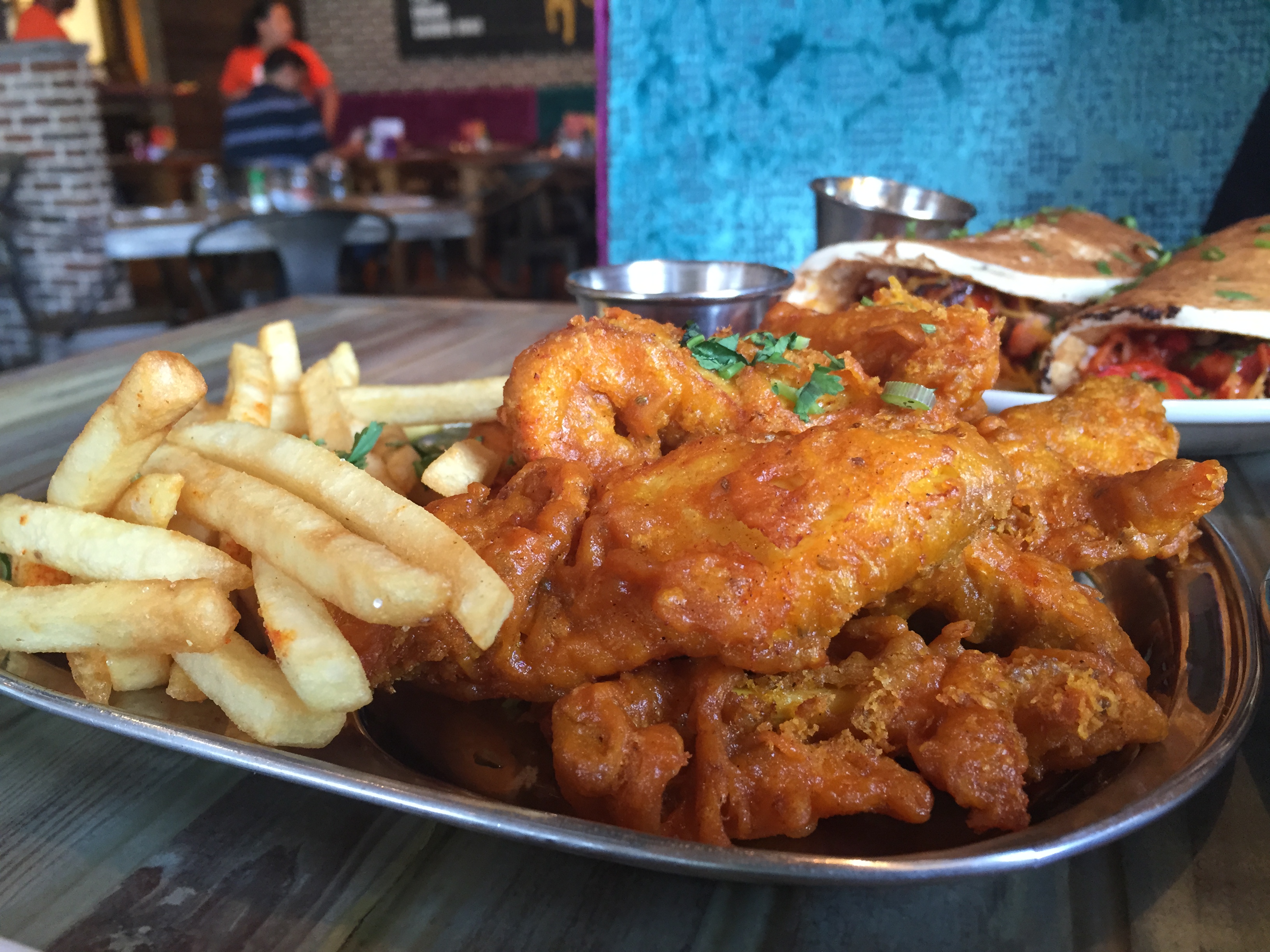
A little over two months ago, the Toco Hills Shopping Plaza in North Druid Hills opened its doors to an Indian restaurant with a twist. Meaning “fun” in Hindi, Masti draws a party when it comes to Indian street food. Kabob dogs, Butter Chicken Tacos and fish and chips are just a few of the […]
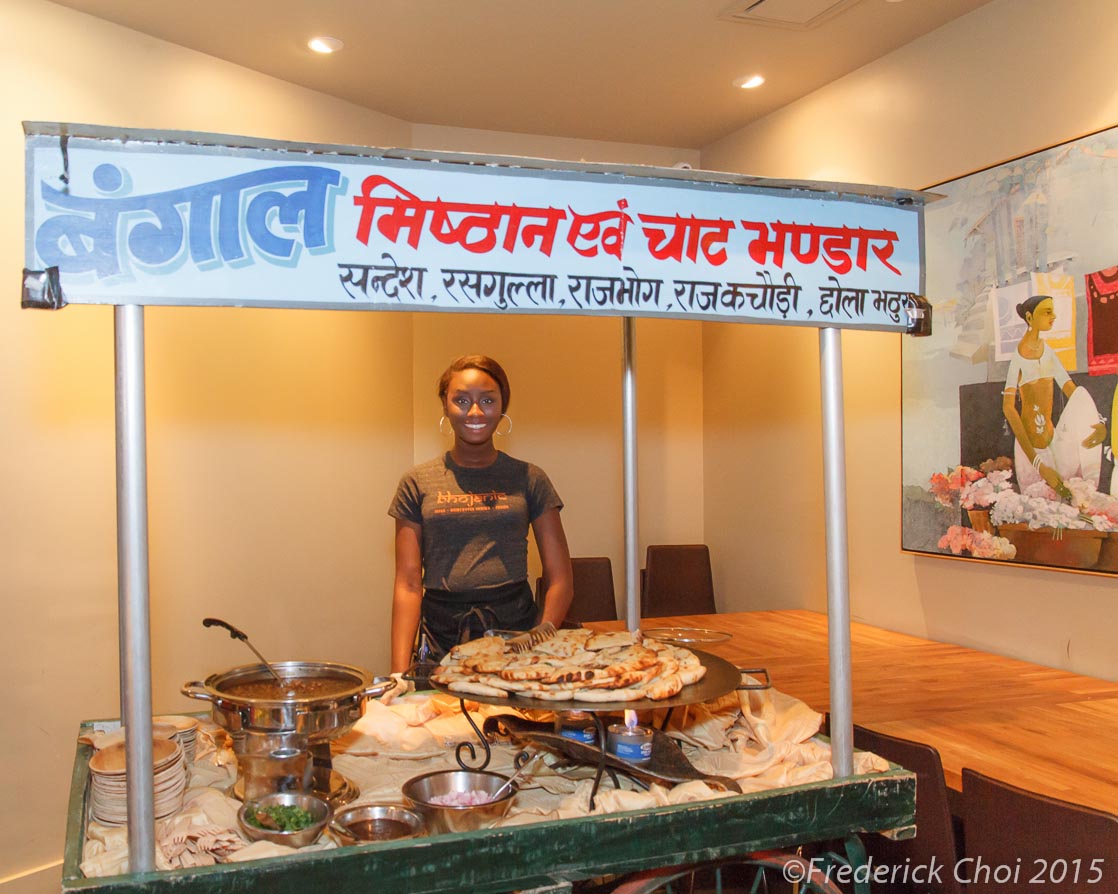
Last Thursday, May 28, 2015, Go Eat Give brought Atlanta a taste of Northern India, and it was delicious. Over fifty members and guests from the area joined us at Indian restaurant Bhojanic Buckhead location for Destination India dinner. There was excitement in the air as the evening began and attendees mingled over mango martinis […]
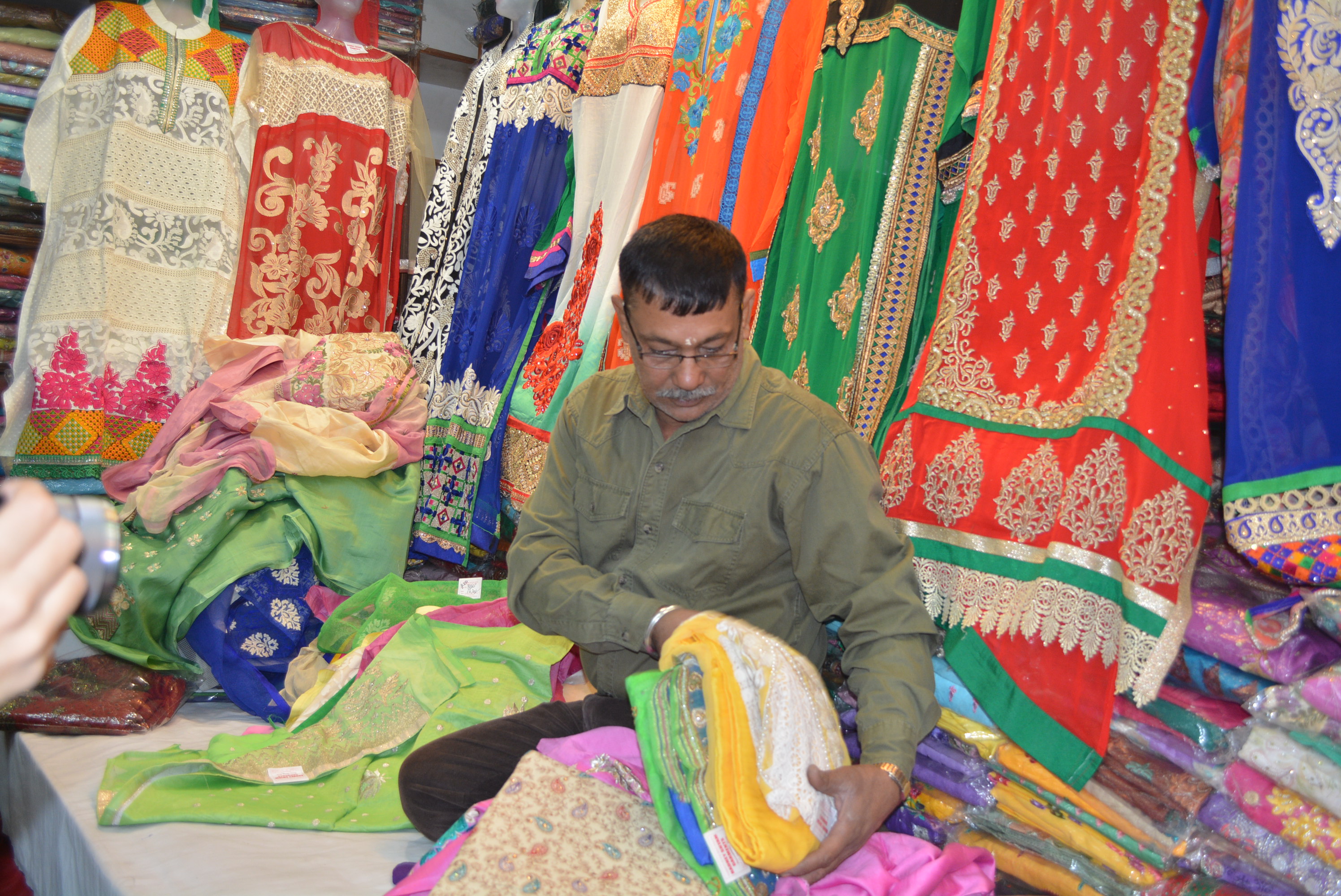
Upon going to India, I was not nearly prepared enough for the bombardment of smells, spices, colors and culture that struck me as being so different from any of the ones I had ever seen in the United States. One of the main differences that caught my eye and immediately piqued my curiosity was the Indian sari. […]
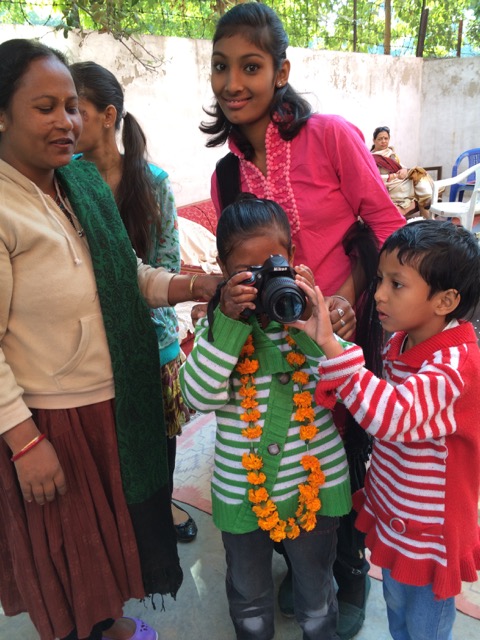
Chandigarh remains a vivid memory of mine especially our visit to a women’s shelter. A few pictures cannot adequately describe the emotional reaction to seeing and hearing of the plight of these women (plus two little girls living there with their mother). To give you a sense, I chose these four pictures and will tell […]

Sati, meaning “good wife” in Sanskrit, refers to a very interesting and ancient Hindu mourning ritual, which generates quite a bit of attention due to its historically radical means of an end. Sati is a ceremony that was practiced after the death of a woman’s husband, during which the mourning woman was required to be […]
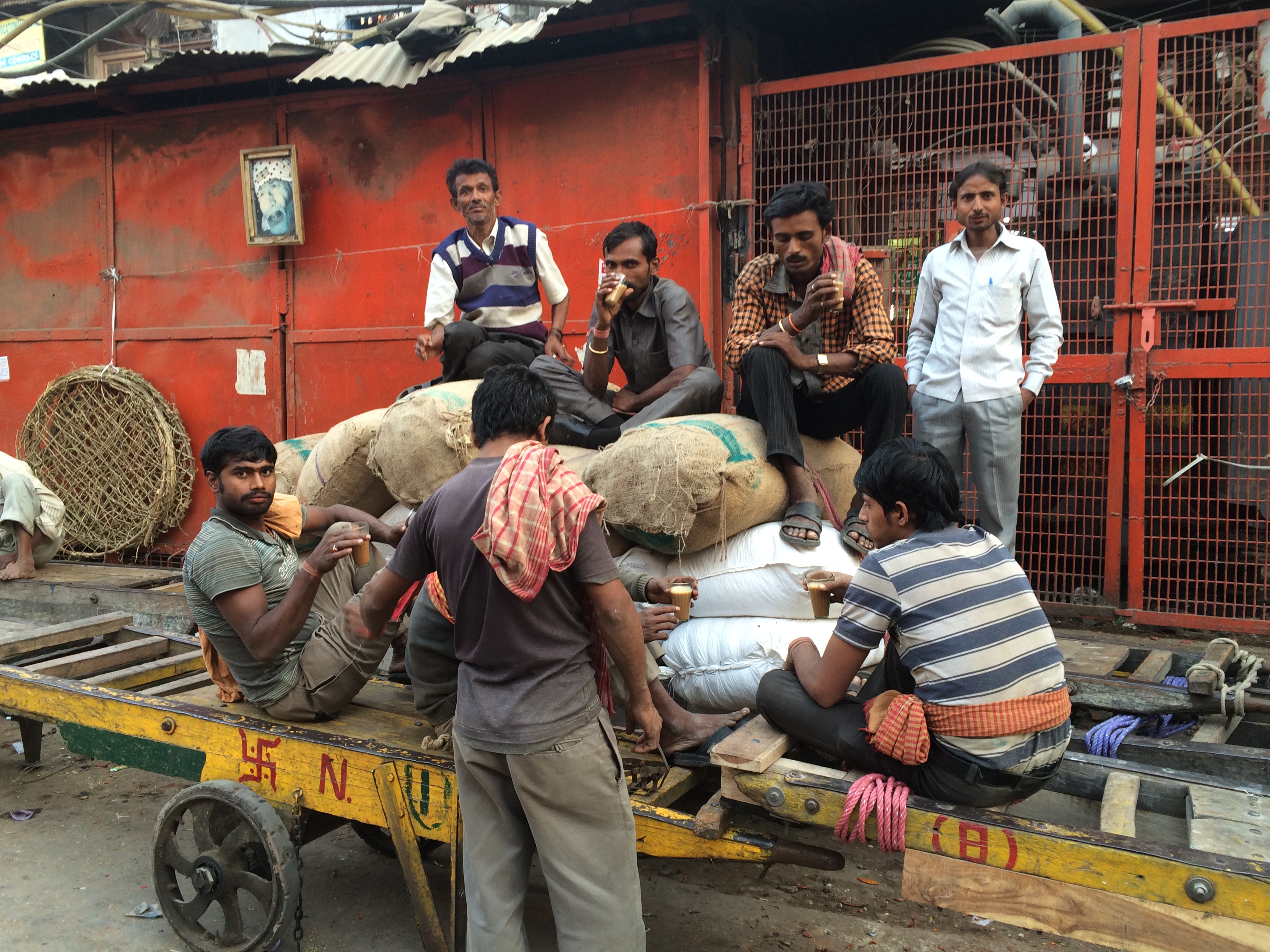
While a lot of you out there are frequent chai tea drinkers, I’ll bet you didn’t know that chai originated in India. In fact, India consumes more tea than any nation in the world! Historically, ancient Indians used teas as medicinal herbal remedies to cure a variety of ailments. Some of the Masala Chai mixes, […]
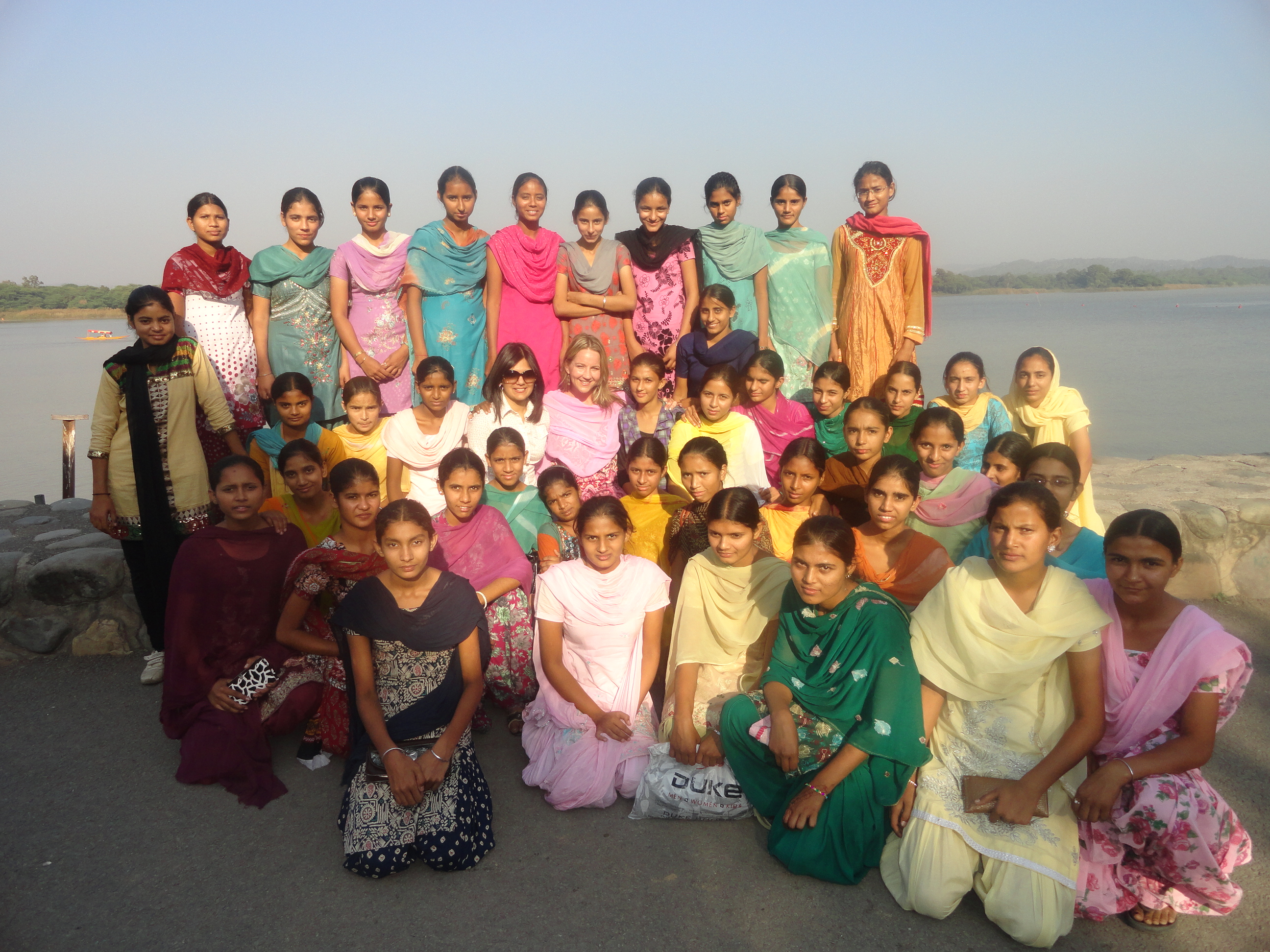
The first visit to Asia is always the most memorable. All of your senses will be blasted the moment you get off the airplane and arrive in the land of a billion plus people. Each year, I take a group of travelers for a cultural and volunteer journey to North India, where they first hand […]
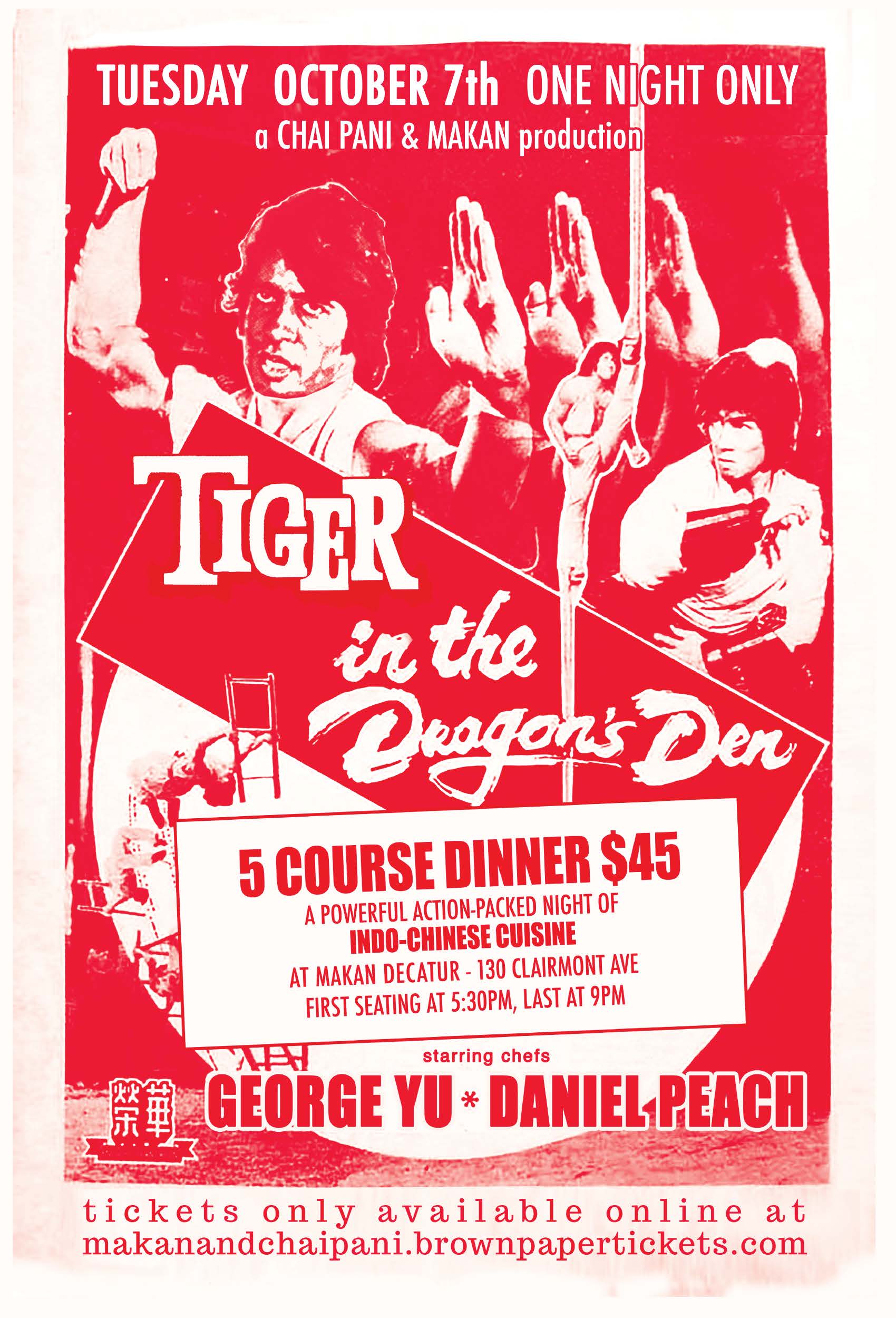
On October 7th, 2014 two of decatur’s restaurants joined forces to create a “Tiger in the Dragon’s Den” themed dinner experience. The powerful action packed night as promised by the poster of Amitabh Bachan and Bruce Lee, featured chefs George Yu of Makan and Daniel Peach of Chai Pani. Both restaurants are located in downtown […]

Chandigarh, know as The City Beautiful, a Union Territory, and the capital of Punjab and Haryana in north India is also named as “the best place to live” and the “most planned city” in India. The city of Chandigarh was conceived immediately after India‘s Independence in 1947. With the partition in the subcontinent, Lahore, the […]
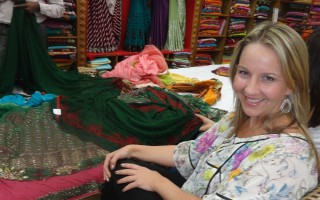
Traveling, for me, is not only beautiful and enriching because of the deep histories, architecture, gastronomical culture, languages, and myriad of landscapes and climates; it is beautiful as you are exposed to so many people in the country, while you are journeying to the destination. Through the people is how we are able to break […]